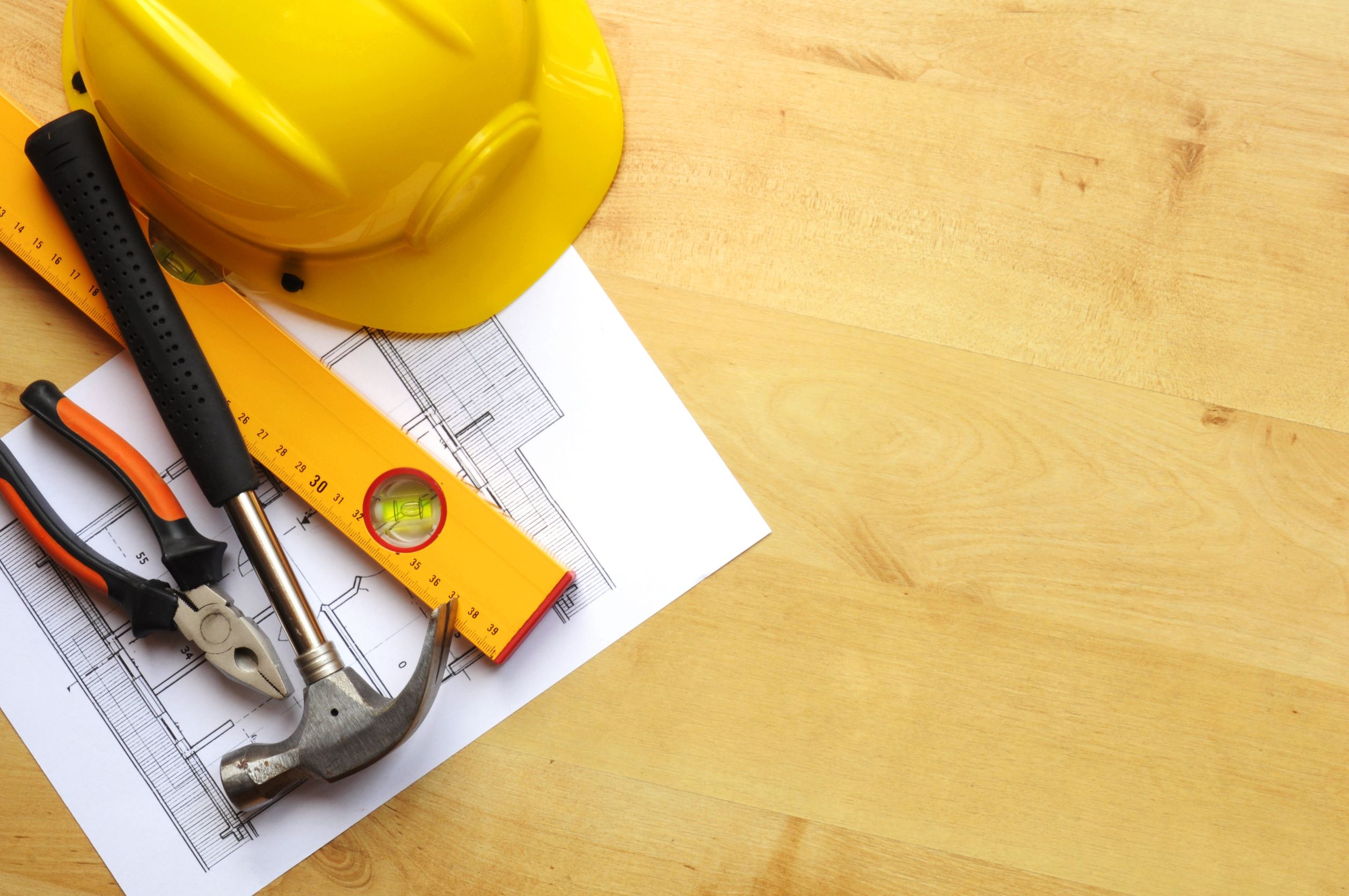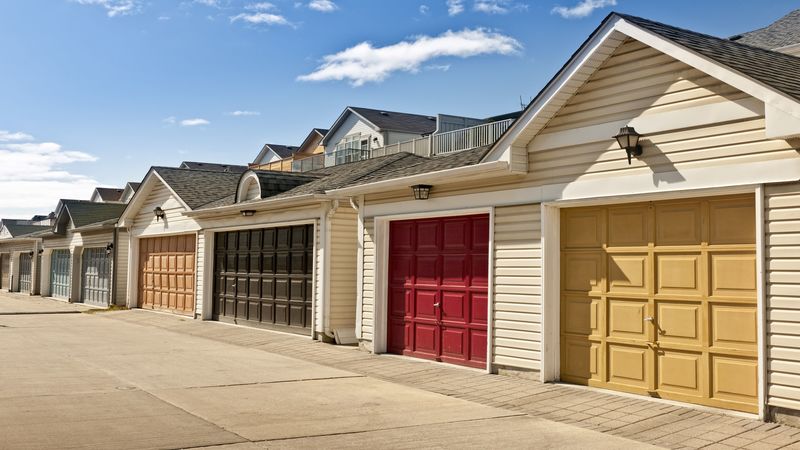A vertical lifeline is one of the most important pieces of safety equipment for many work crews. Construction crews and maintenance crews often have their own lifelines. Large buildings frequently have these lifelines set up for whoever uses the ladders on the premises. Vertical lifelines are mandatory for ladders taller than 20 feet. These lifelines are used to catch people who begin to fall. They are also used to keep people off dangerous sections of the building. The lifeline typically has a clasp or hook that fastens securely and is attached to a nylon cord or rope. Some systems use a cable. The lifeline automatically moves as the person makes their way up and down the ladder.
Ask about the brake systems and locking systems available for the hook on the lifeline. Custom and standard systems are available. These systems are meant for use with one person on the ladder at a time. Most lifelines are 20 to 40 feet tall. They may be completely or mostly constructed of aluminum or stainless steel. Systems may use a glider or rail to move the cable up and down. The glider or rail component may be purchased separately in some cases.
Masts, water towers, and many other industrial areas should have these lifelines. They are often retrofitted for use with existing ladders. These types of lifelines are manufactured with a minimum breaking strength of 5,000 pounds. They are designed to lock automatically so that the free fall is limited to six feet.


